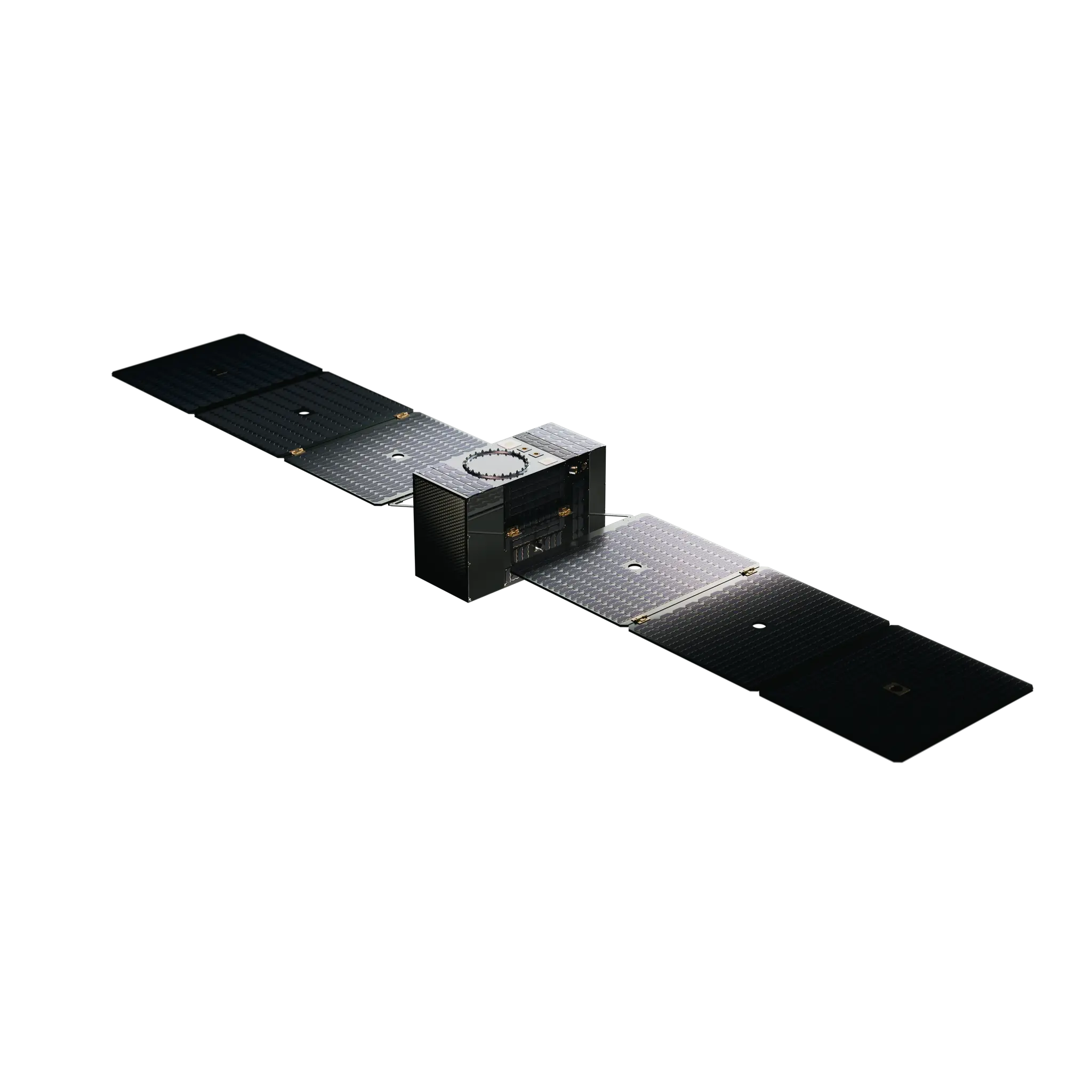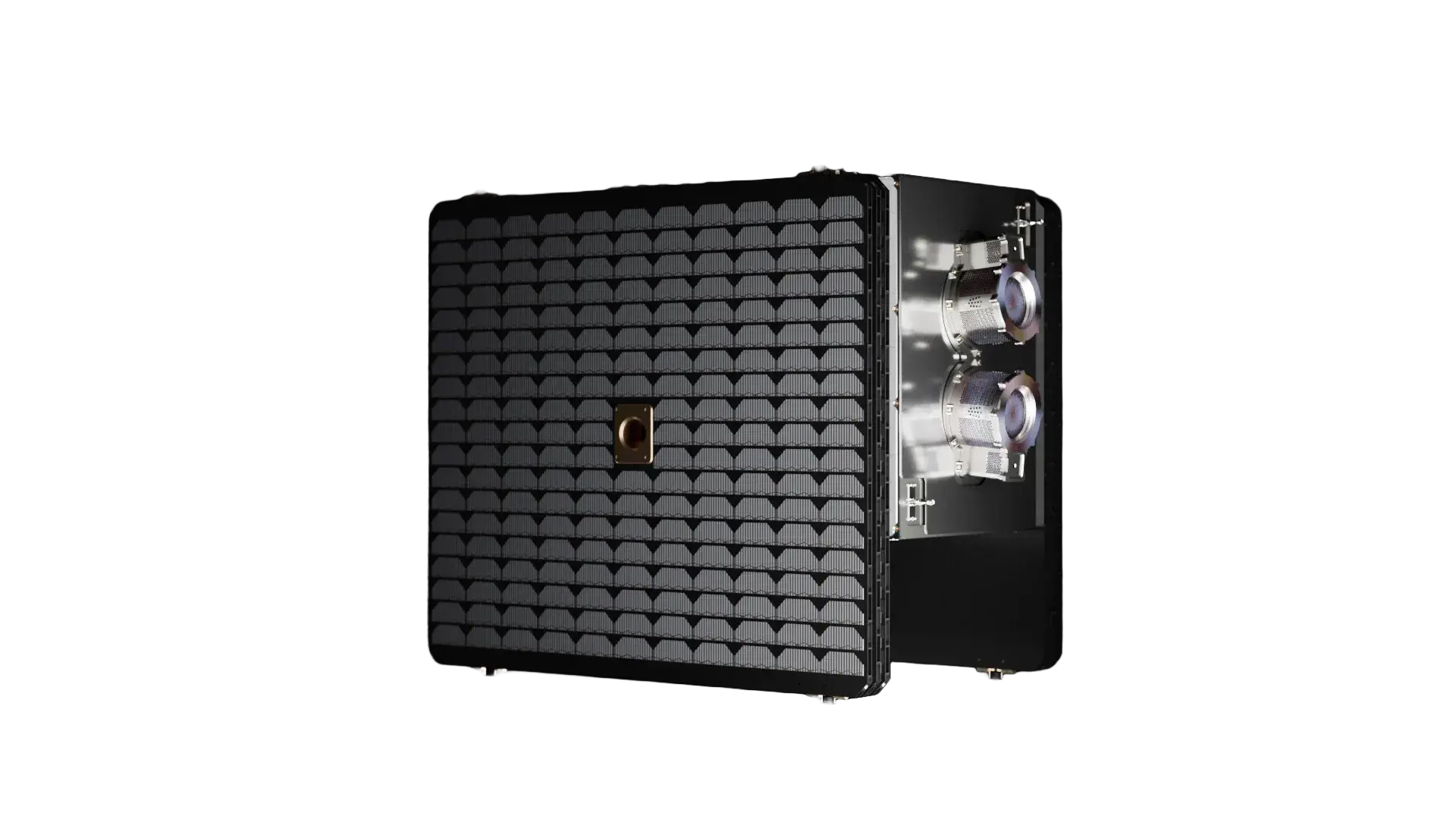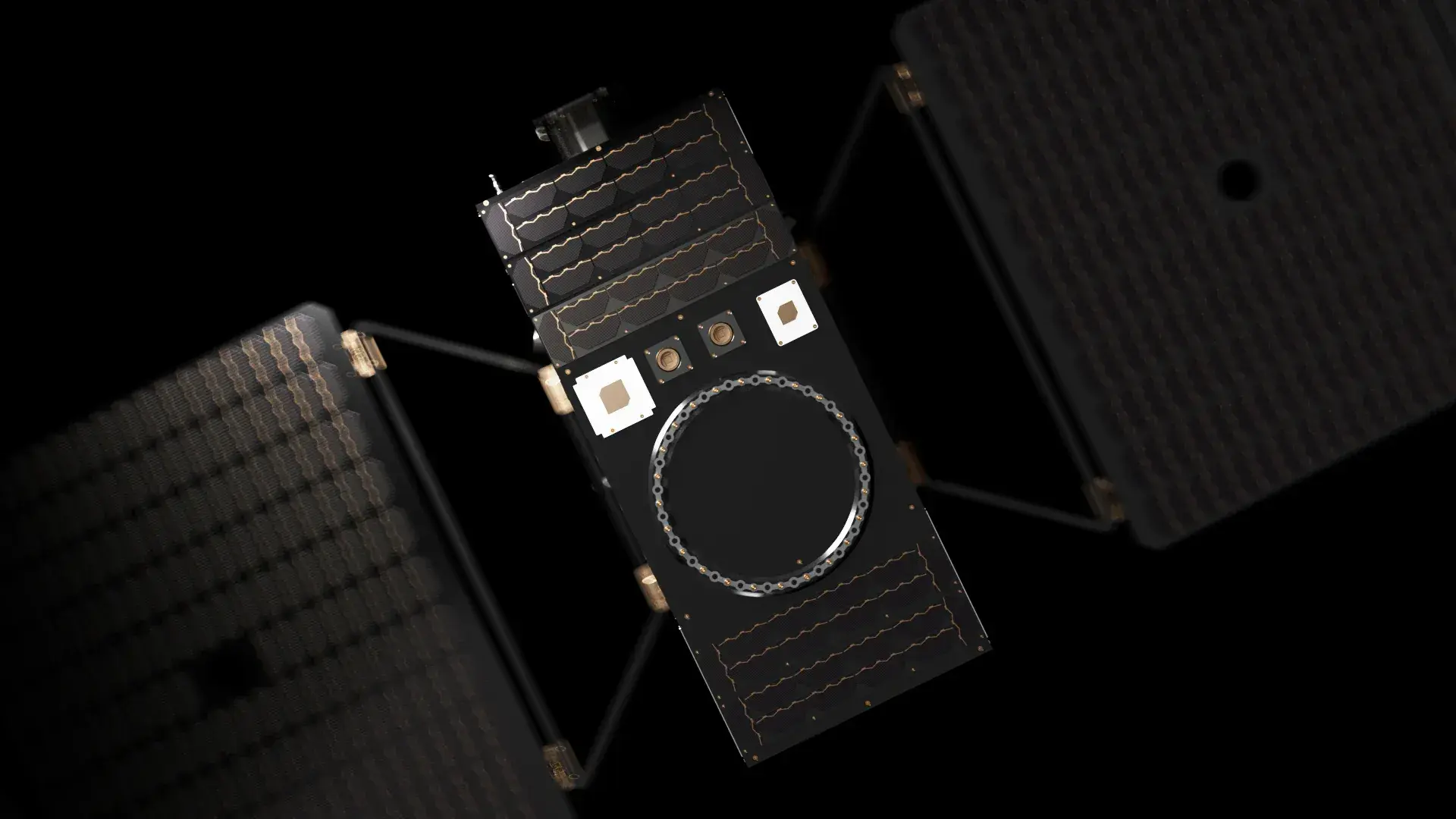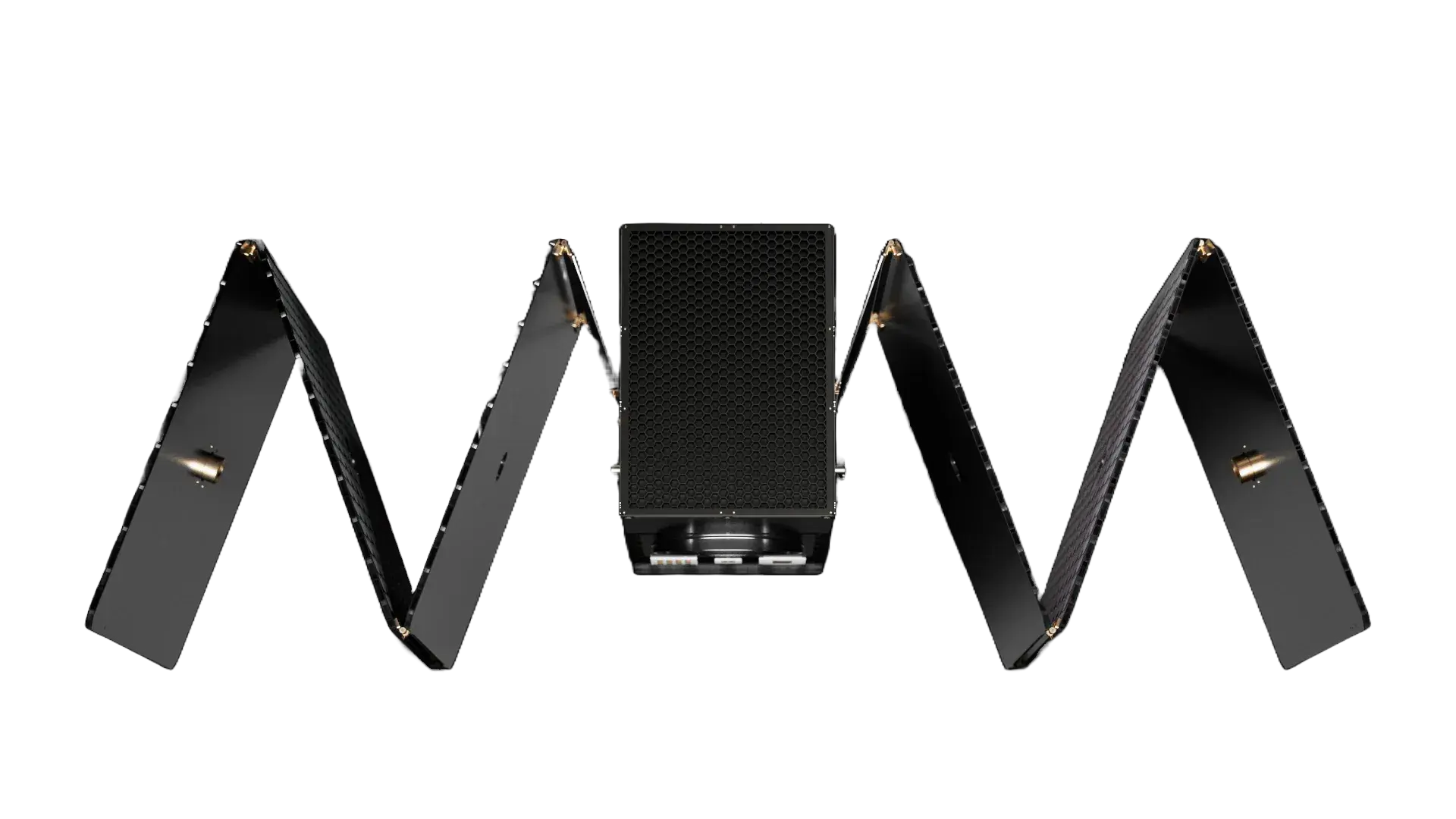


The world's first and only satellite capable of operation at ultra-low Earth orbits.
Ultra-low orbit is now accessible. Where others can't fly, NEO-1 thrives — delivering next-level imaging, global connectivity, real-time data, and redefining what's possible in orbit.
NEO-1.Ready.Now.
NEO-1 is a product of years of relentless engineering. It’s a first and only spacecraft capable of operating at altitudes between 180 and 250 km for five years. Its control design, breakthrough propulsion system, and advanced materials—everything is crafted to make the ride in ultra-low Earth orbit as smooth as possible.
Unlocking the opportunities of Earth’s lowest orbits.
Why flying lower isn't easy.
Atmospheric Drag
The closer to Earth, the thicker the atmosphere, the faster orbital decay. While conventional satellites stay in space for decades, ultra-low orbit satellites re-enter the atmosphere within weeks, requiring constant orbit correction using propulsion. Until now, the propellant needed to correct the orbit made operations at these altitudes impossible.
Atomic Oxygen
Not all materials can survive in ultra-low orbit. Atomic oxygen reacts with surfaces and electronics, quickly degrading them, damaging payloads, and shortening the satellite’s lifespan.
Aerodynamic Torques
At ultra-low altitudes, even minor asymmetries generate unwanted torque, making precise, controlled flight an engineering challenge.
Incrediblesolutions.
We're engineering through the incredible—defeating drag, protecting against atomic oxygen, and delivering unmatched aerodynamic stability at the edge of Earth's atmosphere.
Defeating Drag
Our propulsion doesn't fight the atmosphere—it uses it. By collecting and ionizing atmospheric particles, we've turned the obstacle holding everyone else back into unlimited fuel. AURA, our air-breathing ion thruster, is the first system in history to achieve full, sustained drag compensation in ultra-low orbit conditions.

Engineered to Endure
Protection from atomic oxygen is vital at ULEO, and NEO-1 has it. Using special alloys and clever architecture, it resists the ravages of ULEO—protecting itself, its payload, and prolonging mission lifetime for up to five years.

Symmetry and Stability
At ultra-low altitudes, tiny asymmetries cause big problems. NEO-1's world-class ADCS, symmetrical geometry and forward center of mass neutralize aerodynamic torques, to maintain stable precise flight control.


NEO-1 by the numbers.
Discover the precision, performance, and groundbreaking capabilities of NEO-1, the world's first, and only satellite engineered for sustained operations in Ultra-Low Earth Orbit.
km
Satellite
• Target orbit
180-250 km
• Payload type:
EO, Telco, GNSS, RF
• Telecom
S-band & X-band
• Slew rate
3 deg/s
• Power
200 W OAP (modifiable)
• Lifetime
5 years
AURA
Introducing the AURA air-breathing ion thruster, the world changing engineering at the heart of NEO-1.








